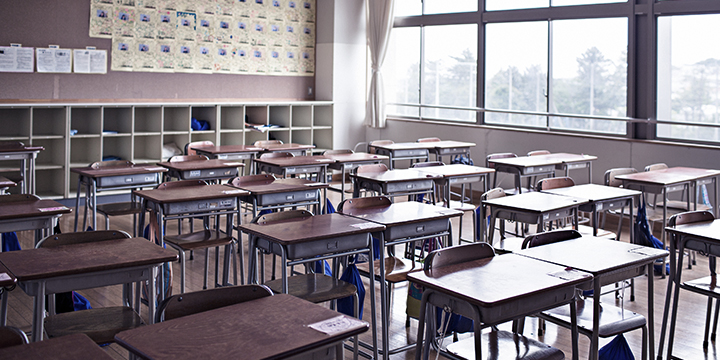
On Tuesday, November 13, 2018, as a part of Huger and Homelessness Awareness Week, ICPH answered the question, “How many homeless students live in my state?” Tuesday’s series of infographics explored child homelessness by state as well as the differences in the U.S. ED and HUD PIT counts. View the state infographics.…
Read More

How should we count children experiencing homelessness? Homeless families with children often hide in plain sight. While many stay in shelters, many more live night-to-night in someone’s living room or in a car. No one knows precisely how many children experience homelessness in America. This infographic will help you understand why an inclusive definition of…
Read More

On Monday, November 12, 2018, as a part of Huger and Homelessness Awareness Week, ICPH explored the question, “How should we count children experiencing homelessness?” Monday’s infographic explained why an inclusive definition of child homelessness is required to give homeless children the visibility and support they deserve. View the Infographic.…
Read More

One in six English Language Learners (ELLs) in New York City public schools is homeless. While learning science, math, and social studies, these students face the added challenge of learning the English language. Adding to the instability of homelessness, it is common for homeless students to transfer schools mid-year; 22,188 homeless students transferred mid-year in…
Read More

ELLs make up roughly one in every seven students enrolled in New York City public schools each year. Homeless students are a growing share of this group, increasing by more than 50% in six years. By SY 2015–16, one in six English language learners was homeless, a total of 23,000 students.…
Read More











